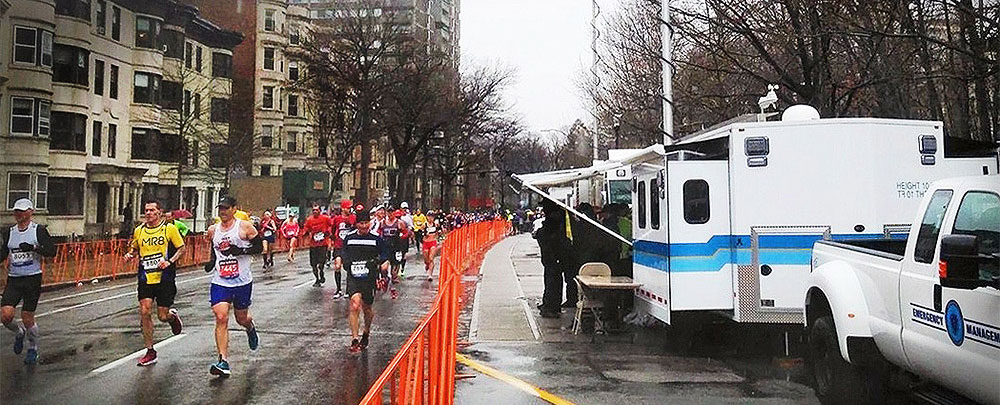All too often, people wait to think about mobile operations solutions until after a natural disaster or other crisis. What is it that prevents proactive planning and implementation of these vital programs? Consider the following five misconceptions:
Misconception 1: “That will never happen here.”
Preparing for the worst is both a necessity and an important responsibility. When we see a crisis happening elsewhere, our immediate thought might be, ‘something like that will never happen here.’ In reality, the people in those communities probably said the same thing. Prepare for the worst – even if you believe your community is immune from a potential crisis.
Misconception 2: You Can’t Plan for Natural Disasters
Hurricanes, tornadoes, blizzards, tropical storms, and wildfires are all potential natural disasters that can destroy a community in an instant. While you may not know exactly when they will hit, having a mobile operations solution can ensure that your community can continue to operate during the aftermath via a mobile command center. Natural disasters are unpredictable, so if you’re in an area prone to a potential disaster be sure you have a plan in place so you are prepared if disaster were to strike.
Misconception 3: Mobile Operations Solutions Are Only for Crises
It’s easy to consider a mobile operations solution when preparing for the worst, but they can be used for much more than crisis scenarios. They are extremely versatile and can be implemented throughout the year. Transform your mobile operations solution into an integrated communications hub, a command center for community events, or use it in training for educational purposes. There are many ways to utilize advanced comms and connectivity technology on the go.
Here are several unconventional, real-life scenarios:
The Montana Highway Patrol was able to use one of our vehicles in conjunction with its plan to curb drunk driving. The vehicle was used as a Mobile Impairment Assessment Center and allowed the patrolmen to carry out their duties in the field flawlessly.
The Bureau of Indian Affairs Office of Justice uses a Nomad TCV to keep its land secure on a regular basis, while also ensuring the Indian Lands are prepared if a disaster were to strike.
Misconception 4: We’ve Never Needed One Before
Oftentimes communities only think to make a meaningful change when there is a triggering event. Why would a community need a mobile operations solution if there has never been a reason for one in the past? We encourage communities to look at these important changes as opportunities instead of merely solutions. While our vehicles undoubtedly provide a valuable service in times of need, they also present new opportunities and can be a uniquely creative asset to the community.
Misconception 5: The Technology Will Become Outdated
It’s no secret that technology is always advancing, and it seems like moments after buying a new device, a better one is already on the market. No need to worry about our technology failing you or your command vehicle becoming outdated. Nomad’s support team provides IT refresh services, self-updating vehicle management software, and intelligent network routing that optimizes itself on the fly. Most importantly, these innovations are backed at every turn by smart, dedicated, and responsive people.
Let NOMAD GCS Help
We understand the challenges and unpredictable nature of disaster scenarios. Our mobile command and communications solutions are developed with uncompromising public safety in mind.


